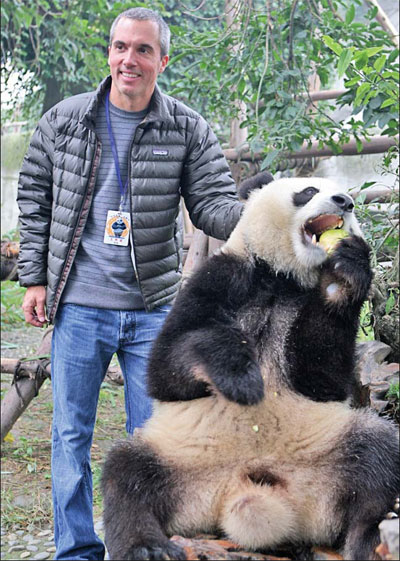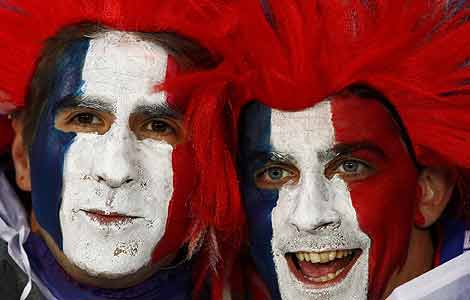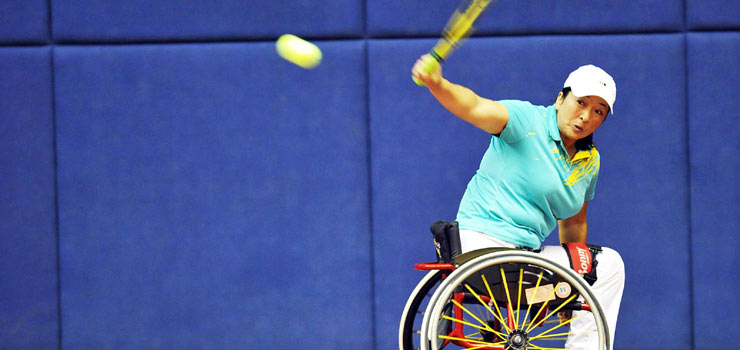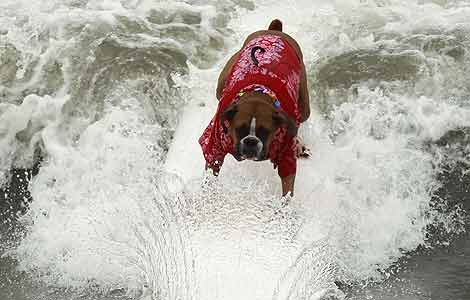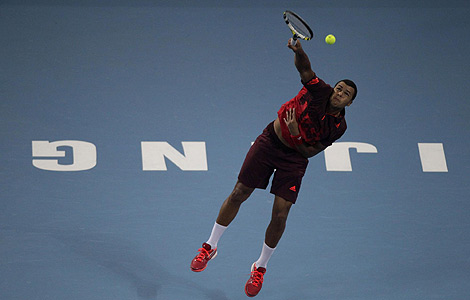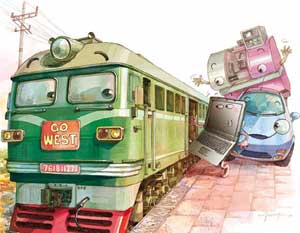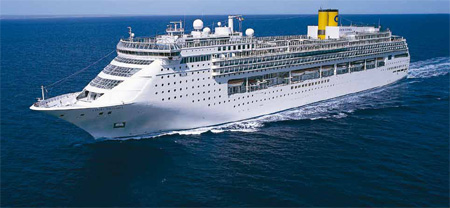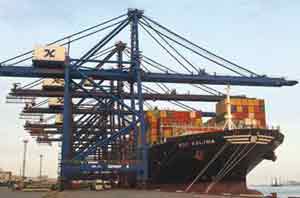The bear essentials
Updated: 2011-10-28 09:27
By Zhang Yuwei (China Daily)
|
|||||||||
|
Raymond Zibach says time spent at the giant panda research center in Chengdu in Sichuan province influenced the development of the character Po. [Provided to China Daily] |
Kung Fu Panda production designer says China visit inspired new ideas for second film
For those Kung Fu Panda 2 fans who might wonder where the film crew got the ideas of "inner peace" or "Gongmen city", Raymond Zibach, the production designer, has the answers.
The inspiration for making Kung Fu Panda 2, produced by DreamWorks Animation and the sequel to the hugely popular Kung Fu Panda, is traced back to November 2008 when Zibach, who is responsible for all the visual effects of the film, went on a trip with the team of a dozen colleagues to China's southwest Sichuan province, home to pandas.
The warm reception to the first animated film posed a challenge for the production team - how to make the second film equally attractive, with the input of some new elements.
But blockbuster Kung Fu Panda 2 didn't let the audience down when it was released in May. It also enjoyed success in overseas markets like China, where it was the highest-ranked foreign film, pulling in ticket sales worth 597 million yuan ($93 million, 68 million euros), says a July report by China's State Administration of Radio, Film and Television.
The China trip came five months after releasing the first film, which the crew produced purely based on research from books, says Zibach. The real pandas they saw when making the first one were in a zoo in San Diego, he adds.
So for the China trip, the team had a clear goal of where to go first - the giant panda research center in Chengdu. That was the first stop right after they landed in Beijing, Zibach remembers.
"That day we spent a lot of time in the (panda) research center and it influenced the movie in a big way," says Zibach.
"It was good to see the real ones, especially those in the kindergarten area," he says.
The second film had a flashback of when the main character Po (the Kung Fu panda) was a baby. And that baby Po was based on a one-month old panda named A Bao who the director Jennifer Yuh Nelson and DreamWorks Animation CEO Jeffrey Katzenberg got to hold at the panda center.
"As a team, we get to see these things for real. So when we were talking about it later, we all knew what we met. Because we had all seen the same thing and had all experienced it for real, not just from books or the Internet," he says.
In Kung Fu Panda 2, traditional characteristics of the city of Chengdu are well-represented. It features scenes of local food such as mapo toufu and Sichuan dandan noodles as well as famous scenic spots like Qingcheng Mountain.
Zibach says the half day they spent on Qingcheng Mountain was "strong and powerful".
The mountains, full of several Taoist temples, were also where the "inner peace" element was created in the film. That was reflected in the part when Po tries to find his inner peace by meditating.
Many consider that part as a meaningful one for an animated film, which conveys a powerful truth of having inner peace.
"With the mist, the greenery, the mountains, the incense burning - the whole experience was very magical. The feeling of being connected to nature was very special for us," Zibach recalls of the day they spent on the mountain.
"It really impacted us. We all came down off that mountain and all looked at each other and thought that was incredible. We didn't know then how we could put it in the movie but we said we have to recreate that so people could feel the same way we did," says Zibach.
Katzenberg says Kung Fu Panda 2 is Hollywood's "love letter" to China. The movie trailer shows a glimpse of Qingcheng Mountain and the full-length film features about 20 minutes of scenes in Chengdu where the crew spent most of its time during the 10-day trip.
The crew created the authentic feel of Chinese places and culture, which established a great connection with the Chinese audience.
Toward the end of the trip, the team also visited Shaolin Temple, Beijing and Pingyao in Shanxi province, and was impressed by the face-changing dance and Kung Fu tea.
Another big element of the film is Gongmen city where Lord Shen, an evil albino peacock, uses a weapon to destroy Kung Fu.
"For us, we wanted to create a city - not just to copy an actual city - something correct but not completely replica," says Zibach.
"The Gongmen city is kind of based on Shanghai. But the way we built that city is probably more like Pingyao, or a cross between Beijing and Pingyao," says Zibach.
During the making of the first film, Zibach spent a lot of time researching the culture despite never having visited China then. "I've always loved Chinese culture but I've learned a lot from making these two (Chinese) movies," says Zibach.
Zibach didn't mention Kung Fu Panda 3 though people were already speculating there must be a third one. Regardless, Zibach knows for sure, that he needs to try to visit China more and get more familiar with the culture.
"For me, as an artist, it is that level of detail you don't get unless you are there looking at it in person. (In China) all the painted elements on buildings and the care that's taken to decorate the architecture were amazing. That really struck me," says Zibach.
